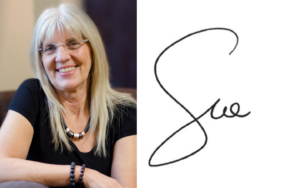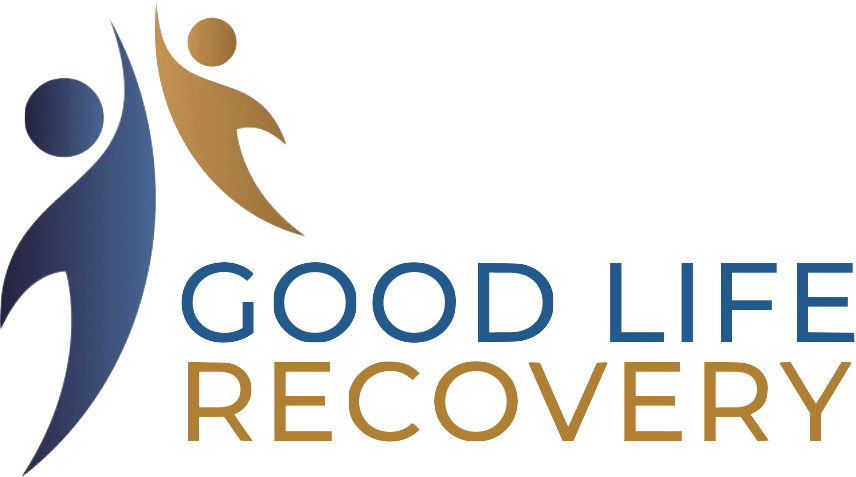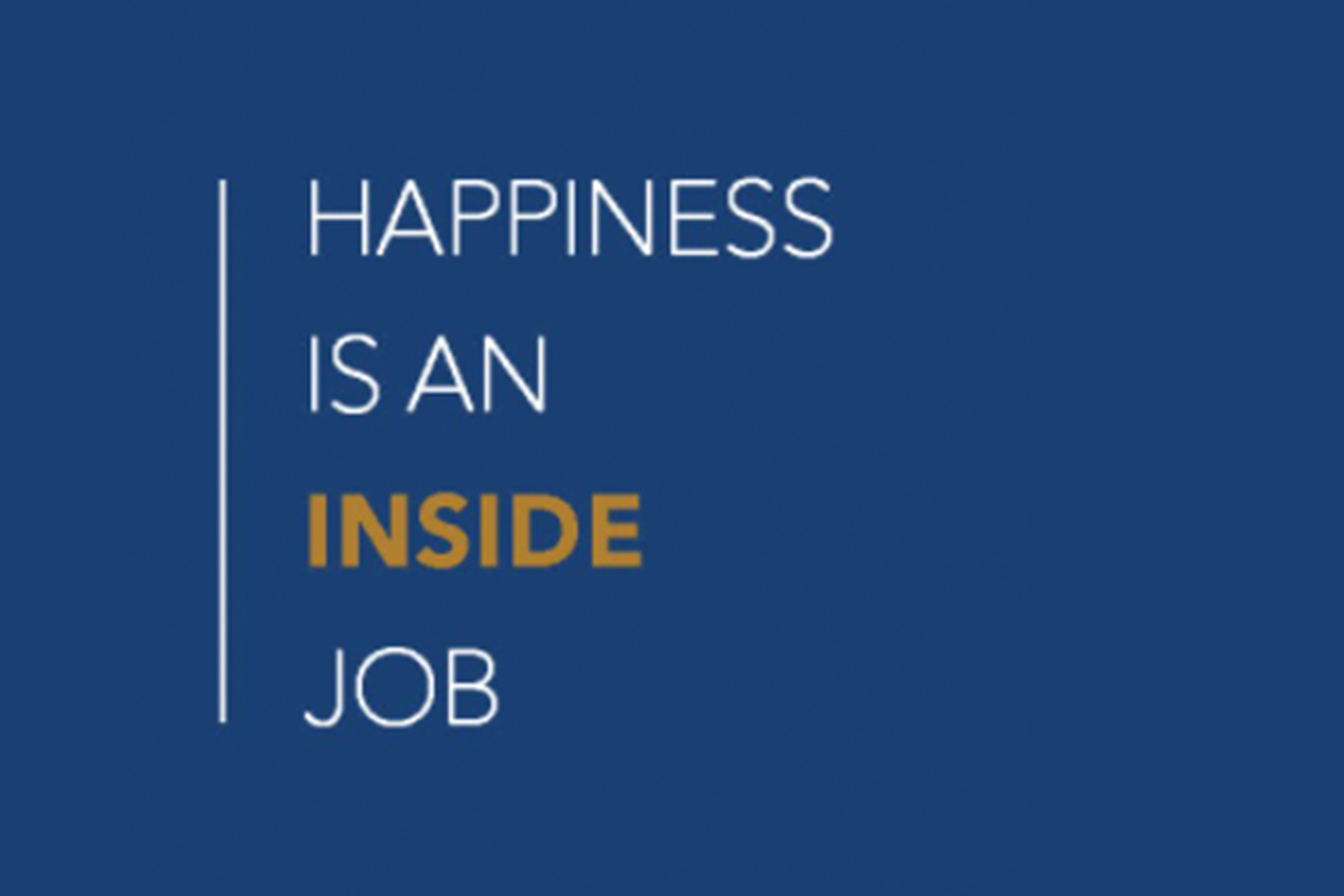What the neuroscience of addiction teaches us is that the ‘high’ we experience from substances or behaviors is because the brain floods initially with a neurotransmitter called dopamine. While there is a cascading chain of neurochemical events that occur subsequently, stopping the flood is critical to long-term contented sobriety. Here’s the problem: when we find a substance or behavior that gives us a very pleasurable feeling and our brain is susceptible to addiction, it sends a signal that it wants more.
The signal originates with the flood of dopamine. In a so-called “normal” brain, the dopamine would turn on and off, and pleasure would be experienced and that would be the end of the story. For addicts, that’s not what happens. The flood gates open and dopamine tells us that it’s ‘never enough.’
But that’s only half the story.
Here is the real kicker.
In an attempt to restore our internal world to homeostasis – i.e., balance, our brains then reduce the number of dopamine receptors (landing docks) in the brain. In other words, while we are ingesting our ‘fix’, our brain is responding with, “It’s too much, I have to shut this down”. At the same time, the dopamine is swimming around looking for a place to latch on to, attempting to let us feel that temporary bliss we are searching for.
If we continue to act out in our addiction, dopamine continues to flood, but there are not enough sites for it to attach to. That means we are not getting the ‘hit’ as easily. It takes more of whatever we are doing to get what we are hoping to feel – a sense of ease and comfort. A moment of believing that “I’m ok”.
A Drug is a Drug is a Drug
The good news is that we can get a balanced brain back in recovery. Our brain will want to restore itself to the highest level of functioning, which is why we must be vigilant to ensure that we are not indulging in any substitute addictive behaviors.
Too often, we quit alcohol but think, “Pot can’t harm me; especially now because it’s legal”. Wrong.
Or, we quit using cocaine and get hooked at the casino. Or we stop going to the casino but we bet uncontrollably on our favorite sports teams, keeping it secret from our loved ones.
Or, we watch pornography whenever we get a chance, telling ourselves, “I’m not harming anyone”. Yet, over time we realize that ordinary sex with a partner seems somehow too…well, ordinary. It’s not working for us anymore.
Or, we give up drugs and alcohol but find we can’t take time off; we work incessantly; we justify it with grandiose reasons to convince ourselves we are ‘just fine.’ “I love my work.” “They can’t do it without me.”
Often we look just fine – busy running our businesses, winning at our trade, filling up our bank accounts. But, that’s not what matters – it’s what we are feeling that determines our quality of recovery. We can’t look outside ourselves for happiness. It’s an inside job.
To the extent that we are being obsessive or compulsive in any way in our lives, means that we are setting ourselves up for either marginal recovery at best, or relapse at worst.
What We Can Do Instead – Healthy Pastimes and Habits
In the Good Life Recovery community, we focus on creating balance by learning and participating in healthy ways to feel good. There are a lot of ways to restore ourselves to health, knowing that we have a brain that needs it more than ever.
I love gardening. I find it peaceful and nourishing. When I look at a rose, I feel utter awe. I can walk in nature, talk to my grandson, play with a puppy or eat a good meal. All of these can stimulate a healthy response that helps me know that life in recovery is a joyful, ordinary experience.
I can read a good novel, connect with a close friend, hang out with others in recovery, or watch ‘The Voice’ – all of which help regulate my brain and communicate that life is meant to be enjoyed.
We Can Never Get Enough of What We Don’t Need
If we worry that we don’t have enough….love, money, status, sex, etc., then we not only miss out on what we do have, we are still repeating the mantra of the addictive cycle –‘it’s never enough.’
Make a list of the things you are doing that are still addictive or compulsive. Be honest with yourself so that you can make sense of why you may not be feeling your best. Make another list of activities that bring you joy. What do you love to do? When have you last done them? How can you bring more enjoyment into your life in recovery?
As an entrepreneur in recovery, I’ll be honest – I know this is one of our biggest challenges. We are Type A’s, with tons of creative energy. We also often suffer from low self-esteem or negative self-worth. When the latter is at play, it drives us to prove that we are worthy, to avoid the sense that ‘I’m not enough.’
Healing in recovery includes all these layers interacting with one another. It is our responsibility to ensure that they are interacting in a constructive rather than a destructive manner. When we do so, ordinary life feels extraordinary!
Wishing you all the best,



I have tried to think of healthy habits but I have done drugs since I was 13, so things that made me happy are very childlike. At 53 I would look ridiculous playing with bar ies coloring although I do adult color. I have lots of things I always wanted to try when I was own my own but never have. I’m so lost